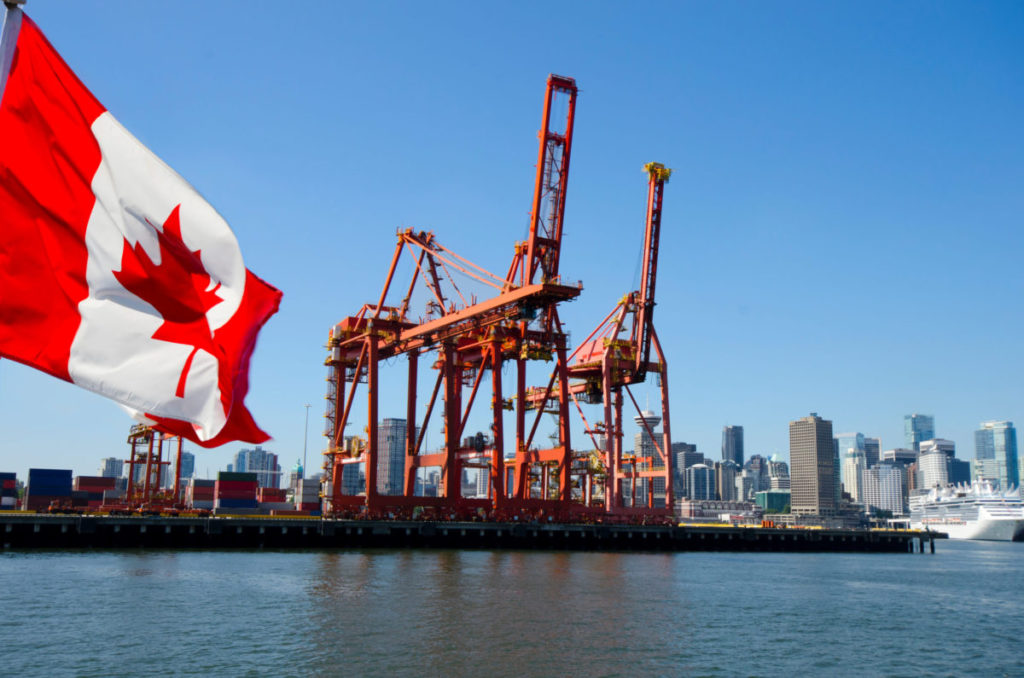The Port of Vancouver stands as a vital hub for trade and commerce in Canada, serving as the country’s largest and most diverse port. Nestled between the Pacific Ocean and the majestic Coast Mountains, it plays a crucial role in connecting Canada to international markets. This article delves into the significance of the Port of Vancouver, its operations, and its impact on the Canadian economy.
A Strategic Location
The Port of Vancouver’s strategic location makes it a key player in global trade. Situated on the west coast of Canada, it offers direct access to the Pacific Rim, facilitating trade with Asia, Europe, and beyond. The port’s deep-water capabilities allow it to accommodate some of the largest vessels in the world, making it an essential stop for shipping lines.
Diverse Operations
The Port of Vancouver is not just a single entity; it comprises multiple terminals and facilities that handle a wide range of cargo. From containerized goods to bulk commodities, the port’s operations are diverse:
Container Terminals: These facilities handle a significant volume of goods, including electronics, clothing, and automotive parts. The efficiency of container handling has made Vancouver a preferred destination for shipping lines.
Bulk Terminals: The port is a leading exporter of bulk commodities such as coal, grain, and potash. These resources are vital to both the Canadian economy and global markets.
Cruise Ship Operations: Vancouver is also a popular departure point for cruise ships heading to Alaska and other destinations, contributing to the local tourism industry.
Economic Impact
The economic significance of the Port of Vancouver cannot be overstated. It serves as a critical driver of the Canadian economy, contributing billions in revenue and supporting hundreds of thousands of jobs. According to recent reports, the port generates over C$9 billion in economic output annually and supports approximately 100,000 jobs across various sectors.
Trade Statistics
In recent years, the Port of Vancouver has seen impressive growth in trade volumes. The port handled over 3 million TEUs (Twenty-foot Equivalent Units) in container traffic in 2022, marking a substantial increase from previous years. This growth reflects the rising demand for Canadian goods in international markets, particularly in Asia.
Environmental Initiatives
As a major player in global trade, the Port of Vancouver is committed to sustainability and environmental stewardship. The port authority has implemented various initiatives aimed at reducing its carbon footprint and promoting eco-friendly practices. These include:
Green Shipping Practices: Encouraging shipping lines to adopt cleaner technologies and fuels to minimize emissions.
Habitat Restoration: Investing in projects that restore and protect local ecosystems, ensuring that the port’s operations do not adversely affect the environment.
Community Engagement: Collaborating with local communities and Indigenous groups to ensure that development projects align with environmental and social goals.
Future Prospects
Looking ahead, the Port of Vancouver is poised for continued growth. With ongoing investments in infrastructure and technology, the port aims to enhance its capacity and efficiency. The expansion of container terminals and improvements in logistics are expected to further solidify Vancouver’s position as a leading trade gateway.
Challenges Ahead
Despite its successes, the Port of Vancouver faces challenges, including increasing competition from other ports and the need to adapt to changing global trade dynamics. Additionally, regulatory hurdles and environmental concerns must be navigated carefully to ensure sustainable growth.
Conclusion
The Port of Vancouver is more than just a shipping facility; it is a vital economic engine for Canada and a key player in global trade. Its strategic location, diverse operations, and commitment to sustainability make it a model for ports around the world. As the port continues to evolve, it will undoubtedly remain a cornerstone of Canada’s economic landscape, driving growth and innovation for years to come.




